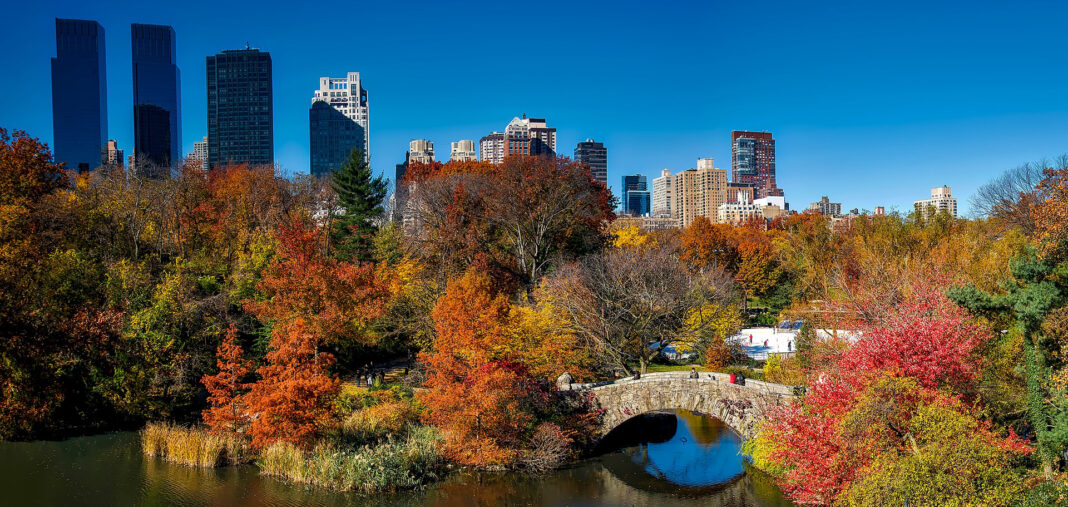Encouraging More Large Trees In Our Towns
Encouraging the planting and preservation of large trees in urban areas offers numerous benefits, ranging from environmental to social and economic advantages. Large trees provide essential ecosystem services that enhance the quality of life in towns and cities. Here’s why we should prioritize planting more large trees and how we can effectively promote this initiative.
Benefits of Large Trees
Environmental Impact: Large trees play a critical role in improving air quality by absorbing pollutants like carbon dioxide, nitrogen oxides, and particulate matter. They act as natural air filters, contributing to healthier urban environments. Moreover, trees sequester carbon, helping mitigate climate change’s impacts.
Temperature Regulation: Urban areas often experience the “urban heat island” effect, where concrete and asphalt surfaces absorb and radiate heat, leading to higher temperatures. Large trees provide shade and release moisture through transpiration, significantly cooling the surrounding air and reducing the need for air conditioning in nearby buildings.
Stormwater Management: Trees help manage stormwater by intercepting rainfall, and reducing runoff and flooding risk. Their roots enhance soil infiltration and reduce erosion, contributing to more sustainable urban water management.
Biodiversity Support: Large trees provide habitat and food for a range of wildlife, including birds, insects, and small mammals. This biodiversity is key for maintaining healthy ecosystems in urban areas.
Social and Psychological Benefits: Green spaces and large trees have been shown to improve mental health and well-being. They provide spaces for recreation and relaxation, reducing stress and fostering a sense of community. Studies have shown that access to green spaces can improve cognitive function and lower levels of aggression and violence.
Promoting Large Trees in Urban Areas
Urban Planning and Policy: Local governments should incorporate tree planting into urban planning and development policies. This includes setting aside land for parks and green spaces, requiring developers to include trees in new projects, and protecting existing trees through tree preservation orders.
Community Engagement: Engaging the community is crucial for the success of tree planting initiatives. Public awareness campaigns can educate residents about the benefits of large trees and encourage participation in planting and maintenance activities. Community groups and volunteers can play a vital role in supporting these efforts. Proper maintenance of the trees is also necessary, using a tree surgeon can help support the tree’s health and longevity.
Incentives and Funding: Providing financial incentives for property owners to plant and maintain large trees can encourage more widespread adoption. Grants, subsidies, or tax breaks can help offset the costs associated with tree planting and care. Public-private partnerships can also provide funding and resources for urban greening projects.
Professional Expertise: Hiring arborists and urban forestry experts ensures that the right species are selected and that trees are planted and maintained properly. These professionals can provide valuable guidance on species selection, planting techniques, and long-term care to ensure the health and longevity of urban trees.
Maintenance and Care: Long-term maintenance is essential for the survival and growth of large trees. This includes regular watering, pruning, and protection from pests and diseases. Local authorities and community groups should establish maintenance programs to ensure trees receive the necessary care.
Leveraging Technology: Utilizing technology can enhance urban forestry efforts. Geographic Information Systems (GIS) can help map existing trees, identify suitable planting locations, and monitor tree health. Mobile apps can engage the public in reporting tree-related issues and tracking the progress of planting initiatives.
Conclusion
Encouraging more large trees in our towns is a multifaceted endeavor that requires collaboration between local governments, community groups, and residents. We can create healthier, more sustainable urban environments by recognizing the substantial benefits of large trees and implementing initiatives to support their growth. Investing in urban forestry is an investment in the well-being of current and future generations, offering lasting environmental, social, and economic rewards.
